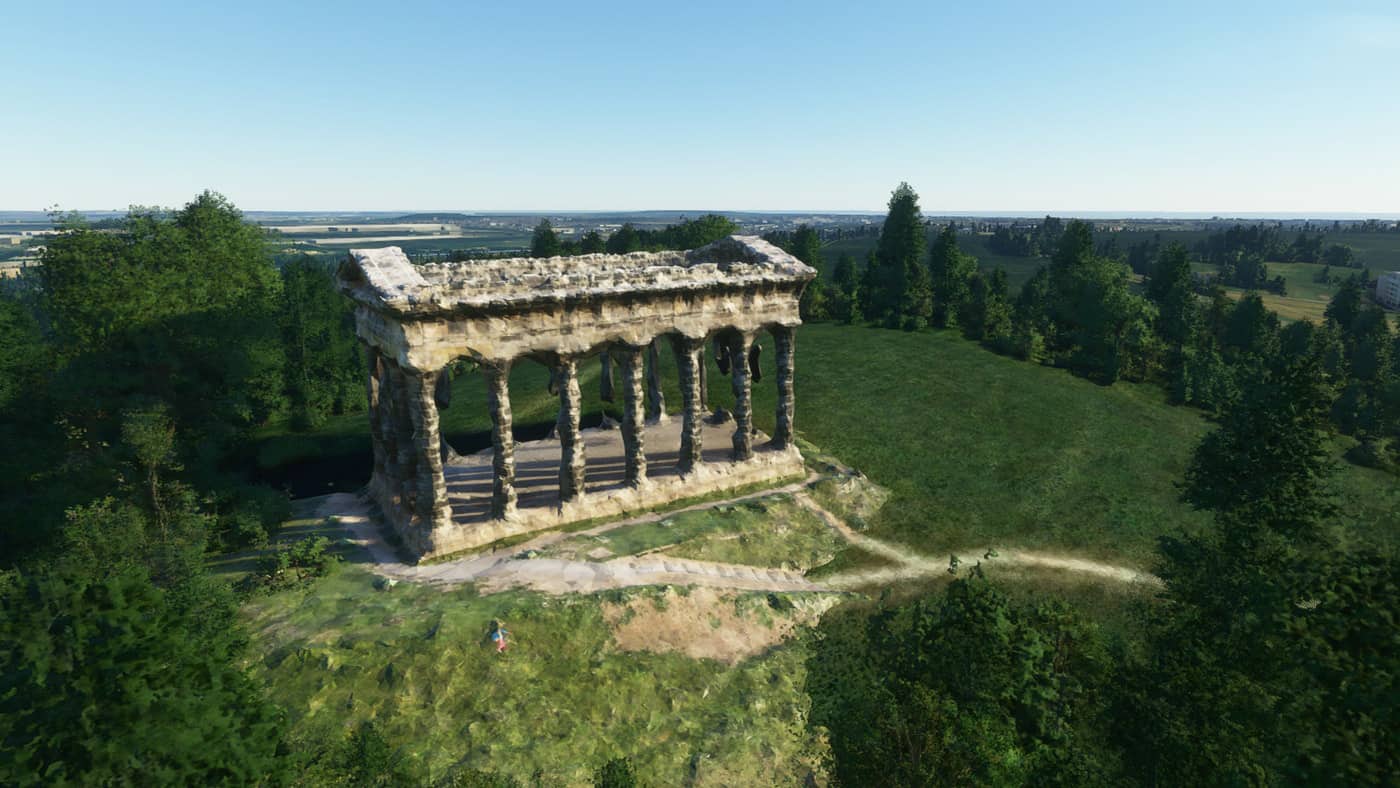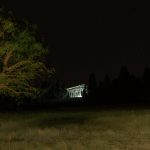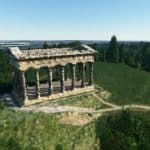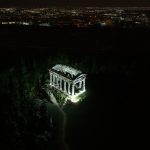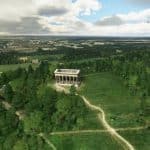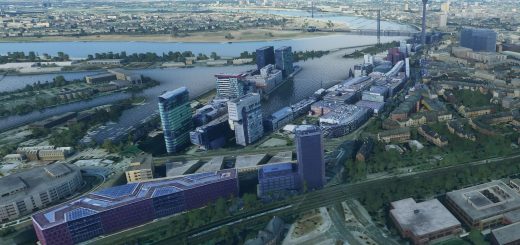Penshaw Monument v1.0
A local landmark which I have been dying to see in MSFS2020, decided to head there do some 3D mapping and create it.
(I will be making a better version soon as I can)
Penshaw Monument is a memorial in the style of an ancient Greek temple on Penshaw Hill in the City of Sunderland, North East England. It is near the village of Penshaw, between the towns of Washington and Houghton-le-Spring in the historic County Durham. The monument was built between 1844 and 1845 to commemorate John Lambton, 1st Earl of Durham (1792–1840), Governor-General of British North America and author of the Durham Report on the future governance of the American territories. Owned by the National Trust since 1939, it is a Grade I listed building under the name of the Earl of Durham’s Monument.
The monument was designed by John and Benjamin Green and built by Thomas Pratt of Bishopwearmouth using local gritstone at a cost of around £6000; the money was raised by subscription. On 28 August 1844, while it was partially complete, its foundation stone was laid by Thomas Dundas, 2nd Earl of Zetland in a Masonic ceremony which drew tens of thousands of spectators. Based on the Temple of Hephaestus in Athens, it is a tetrastyle temple of the Doric order, with eighteen columns—seven along its longer sides and four along its shorter ones—and no roof or cella (inner chamber).
One column contains a spiral staircase leading to a parapeted walkway along the entablature. This staircase was closed to the public in 1926 after a 15-year-old boy fell to his death from the top of the monument. The structure fell into disrepair in the 1930s and was fenced off, then repaired in 1939. It has since undergone further restoration, including extensive work in 1979 during which its western side was dismantled. Floodlit at night since 1988, it is often illuminated in different colours to mark special occasions. The National Trust began to offer supervised tours of the walkway in 2011.
Penshaw Monument is a local landmark, visible from up to 80 kilometres (50 mi) away. It appears on the crest of Sunderland A.F.C. and is viewed nationally as a symbol of the North East. It has been praised for the grandeur, simplicity and symbolic significance of its design, especially when seen from a distance. However, critics have said it is poorly constructed and lacks purpose; nineteenth-century architectural journals condemned its lack of a roof and the hollowness of its columns and walls. It features no depiction of the man it honours, and has been widely described as a folly.

